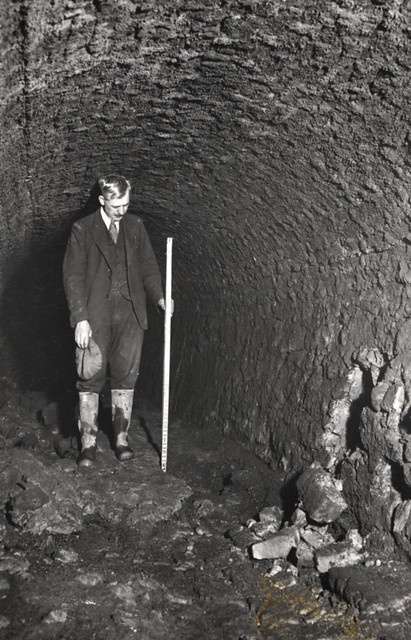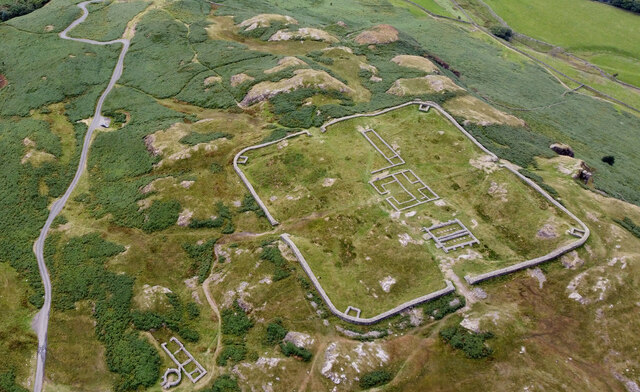EMERGENCY WATER SUPPLY SIGNS

-
Description
"Emergency water supplies were laid in most, if not all towns and cities to provide a source of water for extinguishing fires and incendiary bombs, should the main supplies be damaged. Many forms of pipe were used, from 6-inch iron pipes laid along gutters, to concrete shuttered trenches and canvas pipes in a metal frame. The cross-section may have been round, rectangular or square. The water ran through these pipes from swimming pools, industrial tanks, specially- built temporary tanks and even bombed-out cellars. Dammed-off rivers and streams were also used. These "Static Water Supplies"..... -
Owner
Russell Barnes -
Source
Local (Co-Curate) -
License
What does this mean? Unknown license check permission to reuse
-
Further information
Link: http://www.users.globalnet.co.uk/~rwbarnes/cd/ews.htm
Resource type: Text/Website
Added by: Simon Cotterill
Last modified: 1 year, 6 months ago
Viewed: 325 times
Picture Taken: Unknown -
Co-Curate tags










